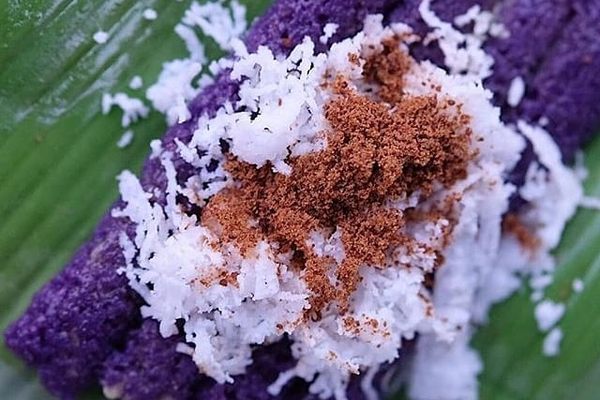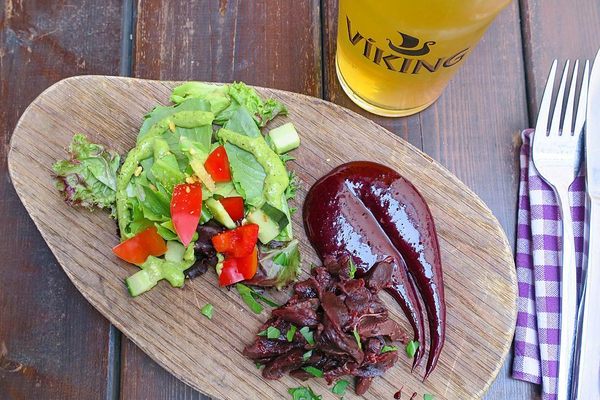Behold, the tasty tamilok, also called the woodworm. If it’s any consolation, this delicacy is not really a worm. It’s a (much more appetizing) shell-less saltwater clam that bores holes into wood.
The nickname “woodworm” comes from the fact that tamilok literally worm their way into wood. They’re also called “naval shipworms,” from a legend that the wooden hulls of ships were once their go-to meal.
In the Philippines, tamilok live among rotting mangroves. These trees offer everything the creatures need to thrive—submergence in saltwater and wood for snacking. If you’re craving a succulent woodworm straight from the source, you’ll need to wade through slick riverbeds in search of dead, submerged trees. Once you have branch of mangrove wood, split it open and pray you’ll find a writhing clam inside. It’s not the easiest food to catch, but many people think the reward is worth the effort.
The foot-long (sometimes longer) slimy, gray creature possesses the classic features of a delicacy: It’s a pain to find, is found in only a few countries, and is often eaten raw. A first-time taster described the tamilok as “seawater that is made into jelly with a dash of oyster in it,” but locals say wala syang katulad (“it doesn’t taste like anything else”). Apparently, no one even notices its two chisel-like teeth.
Tamilok vendors typically serve the clams ceviche-style, called kinilaw. They prepare the entire raw animal by curing it in coconut vinegar and lime juice with chili and salt. Diners should swallow it whole.
Traditionally, locals reserve tamilok for celebrations and special events, but have begun to regularly harvest the clams to meet the demands of tourism. Unfortunately, the surge of tamilok interest poses a threat to mangrove ecosystems. So try and limit yourself to one. Despite growing inside them, tamilok don’t grow on trees.
Written By
 rachelrummel
rachelrummel

















